To an overly imaginative mind, Borobudur Temple may seem like a layered cake, but historians beg to differ – unlike a cake, this ancient temple complex is not going down in a bite.
Borobudur Temple reinstates your faith in the Almighty – whichever way you see it. Whether you are looking at its history, architecture or religious importance, this colossal stone wonder built three centuries before Cambodia’s famous Angkor Wat, is easily the biggest attraction this side of Indonesia – besides being the largest Buddhist monument in the world.
From afar, Borobudur appears almost ‘other worldly’ – a huge dark pile of lava rocks rising into the skies – making it hard to imagine that it had remained buried for centuries under volcanic ash before being discovered by a 19th century Dutch engineer.
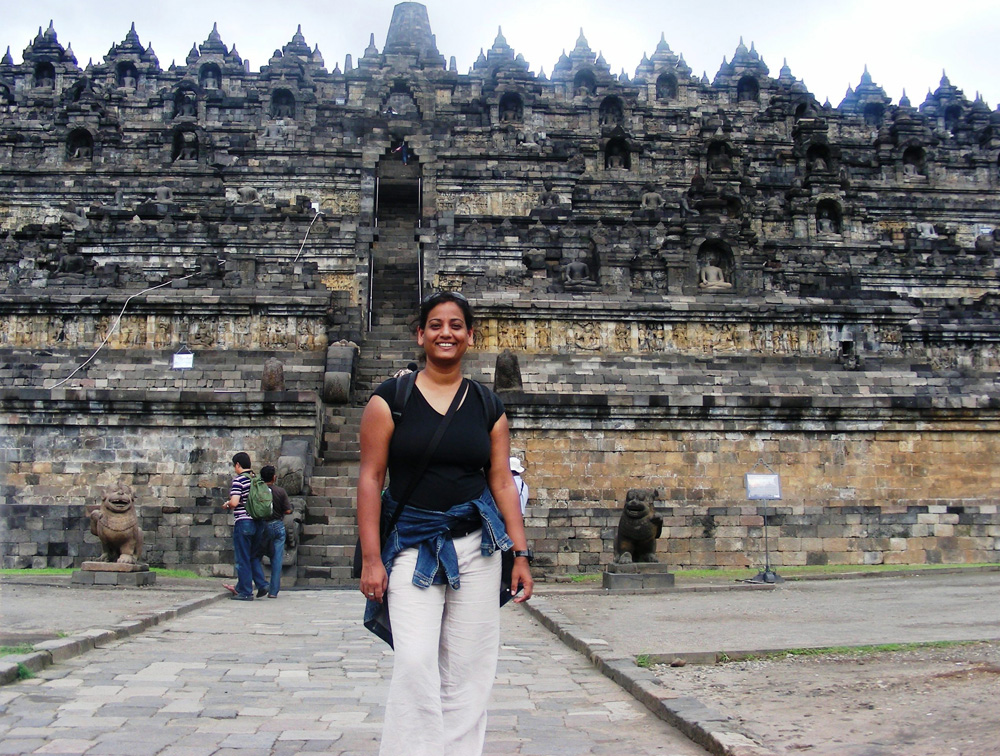
I can’t swear to being optimistic when walking through the well-maintained temple grounds towards the gigantic mountain, for the sun was cheerfully bouncing off the walls – but it was hard to get over the USD15 ticket – so I braved the odds and began the journey of nirvana.
About Borobudur temple
That said, expedition Borobudur begins at the base of the temple, following a path through various levels of Buddhist cosmology. It is okay to go bounding up the ridiculously high stone steps straight to the top, but it is a great idea to start at the bottom, read every relief before moving to the next level – as it was intended. Each level, first the five squares followed by the circular three have a story to tell, which, if you followed closely, makes it easier to understand the path to nirvana.
The guide books will tell you that Borobudur is built as a single large stupa, but an aerial view will show it like a tantric Buddhist mandala representing the Buddhist cosmology. The base of the temple is meant to represent man’s earthly attachments, shifting towards the aspired nirvana as one reaches the top.
Here it would be helpful to remember that when walking around the platforms, keep your ‘unclean’ left side away from the monument – not that anyone would particularly object, but it is the correct and the Buddhist way to do it. The stone panels depict in detail the doctrines of Buddhist teachings and his early life. The depictions are brilliant and almost self-explanatory and although they don’t immediately fuel the imagination, they were awe-inspiring in their detail.
Handy Tips
|
Walking around each level of the monument is like reading Agatha Christie – you knew enough to want to know more. With every step (which progressively gets harder) the story of Borobudur unfolds and like a good book, it ends at the top (the ninth level) with a spectacular display of inverted, perforated stupas with little Buddha inside, encircling a large central dome.
Here you have attained enlightenment – but that is not enough, try to stick your hand in through the perforated stupas to reach the Buddha seated inside. It is firmly believed that if you do succeed, then whatever you have ever wished for – whatever- will be absolutely granted. After you a few unsuccessful attempts at a few of the 72 stupas placed on three levels, you might begin to accept that Buddhists do have a sense of humour after all! I can tell you that unless your hands were made of elastic, there is absolutely no way you can reach in to the meditating statue inside.
It was almost impossible to describe the magnificence of Borobudur. Founded by the King of Saliendra dynasty to honour the glory of Buddha centuries ago, it is also the largest and most complete ensemble of Buddhist reliefs in the world and currently a UNESCO World heritage site.
As homage to a glorious past, obey the signs Dilarang Corat Coret (No Scratching). It has been put there for two reasons: firstly to discourage souvenir hunters from breaking/chipping the rocks to take away and secondly to make you feel as though you are damaging the past – your guide will tell you that!
Must Know
• Visa on arrival for most nationalities
• Visa and Mastercard are widely accepted, but carry small change always
• 1 USD=10,000IDR (XE.com)
• Budget, mid-range and high end hotels can be found in Yogyakartha
Travel Information
• Yogyakartha (Jogjakartha) 42 kms away, is the nearest airport and railhead
• Most (domestic) airlines fly here from Jakarta, Bali,
• Plenty of buses run to and from the place
• You could hire motorbike or car
Nearby Attractions
• Mt Merapi
• Borobudur Museum
• Candi Mendut
• Candi Pawom
(This article appeared in the March 2012 edition of Indian Express)

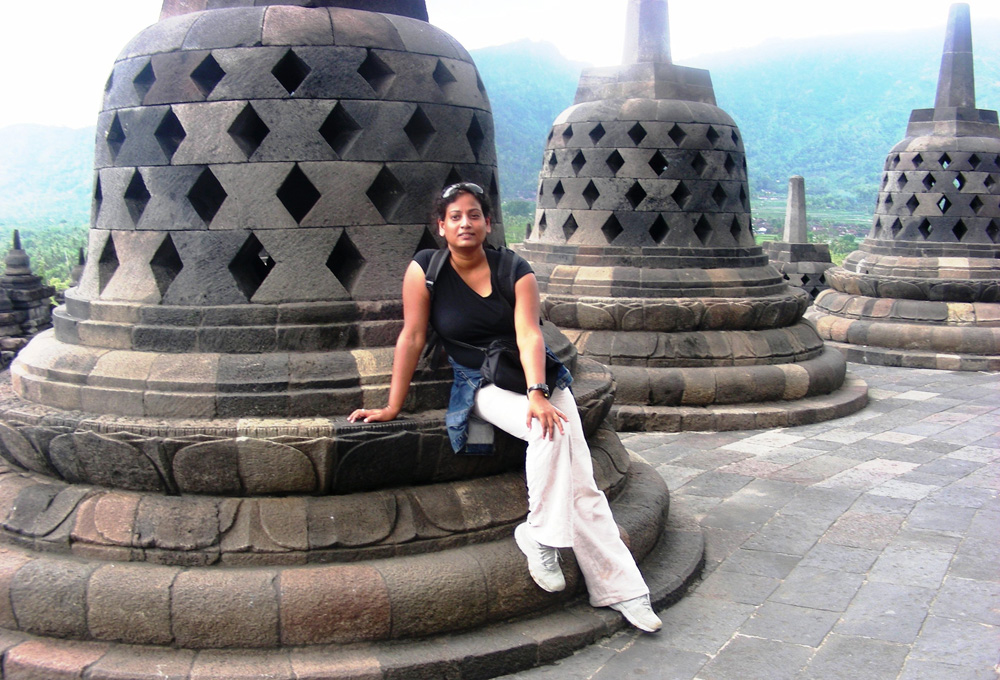
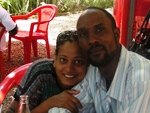
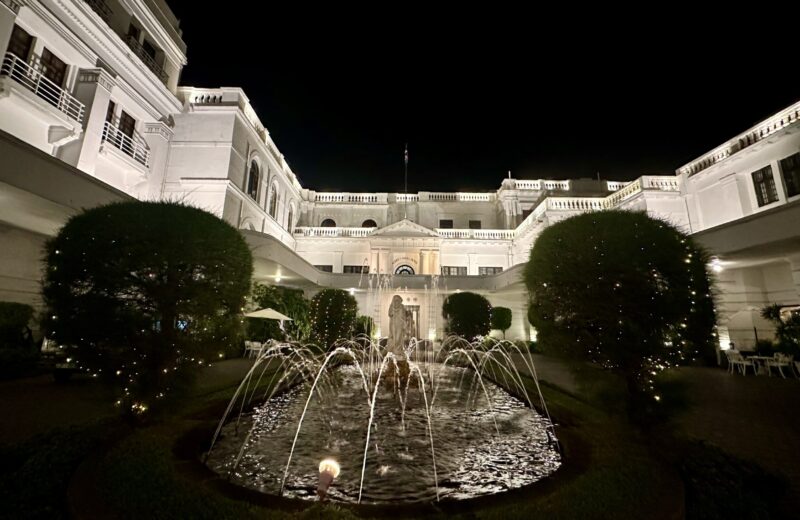
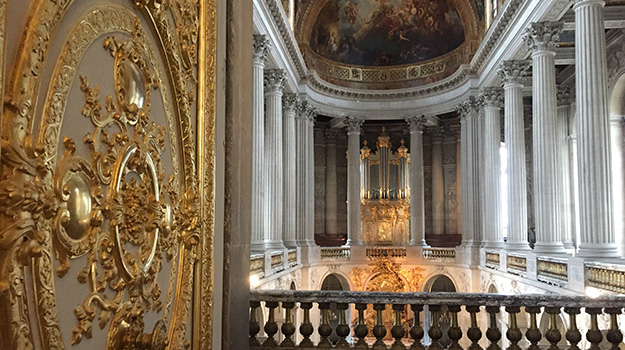
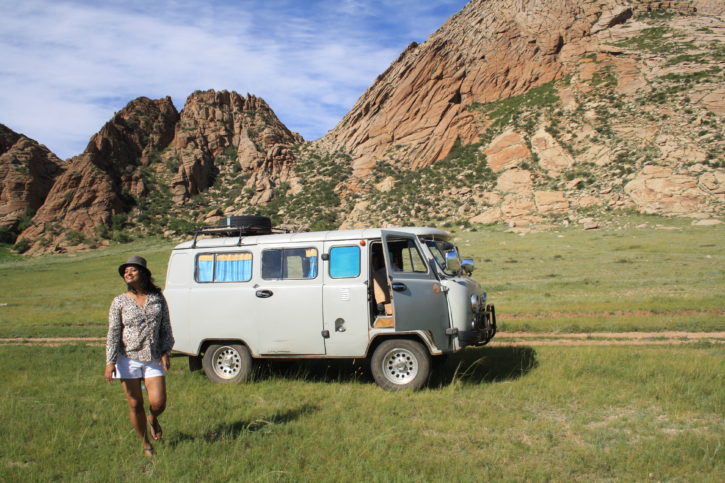
wow !
Thanks a lot anjaly. This helped a lot in planning a visit to this place, I visited ‘Borobudur ‘ on September and it was kind of rainy weather and had to take a sherlter in near by trees to right side of the stupa…but it was lot fun
Hey Josh – glad you could make it! Rain or sun, travel is always fun 🙂 Happy Trails!